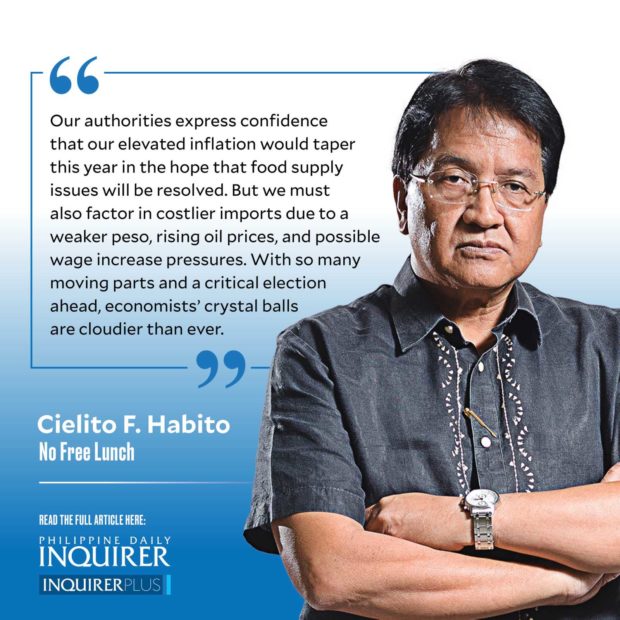World deeper in debt
Total global debt in 2020 stood at $226 trillion, surpassing annual total global incomes 2.56 times, the International Monetary Fund (IMF) tells us. Countries all over the world borrowed massively in the face of heavy financial demands of the still raging COVID-19 crisis. The IMF’s Global Debt Database reveals that 2020 saw the largest one-year surge in world debt since World War II. Governments borrowed the bigger part (a little over half) of the increase, as global public debt jumped 20 percent within the year, while private debt grew by 10 percent.
Luckily, our country was in a good position to assume more debt when we entered the pandemic, thanks to past and present government financial managers who brought government debt levels down to less than 40 percent of GDP. About 15 years ago, we were in a fiscal crisis with a debt-to-GDP ratio of 75 percent, well beyond the 60 percent considered to be the rule of thumb threshold safe ratio. But it took less than two years for us to breach that once again, with the last reported debt level already being about 63 percent of our presumed 2021 full-year GDP, and rising.
Still, advanced economies actually had far worse debt numbers. According to IMF, total debt in advanced economies amounted to 302 percent of their aggregate GDP, up from 234 percent in 2007. Of this, government debt had jumped from 70 to 124 percent of GDP in the same period, while the rise in private sector debt was more moderate but from a much higher base, from 164 to 178 percent. The world financial crisis in 2008-2009 and the current pandemic crisis have primarily driven this surge. But the current crisis has been more telling, especially for the private sector, where debt jumped 14 percentage points of GDP, double the jump that happened during the financial crisis. An additional boost came as governments and central banks lent to the private sector to help bail them out of the pandemic recession. Debt levels in emerging markets and developing economies like the Philippines likewise escalated, but advanced economies and China together accounted for more than 90 percent of the global debt surge in 2020.
So what can we expect down the line? All eyes are now on the United States, where the economy is seeing the fastest escalation in prices since the 1980s, with a long unheard-of year-on-year inflation rate of 7 percent (compare ours at 4.5 percent). Their inflation problem comes from the combined effects of too much money pumped into the economy through government COVID subsidies ultimately funded by printing more money; wage increases in a tight labor market, stressed by the pandemic and resurging consumer demand; supply chain disruptions including shipping industry backlogs; and oil prices rising anew. Ours has been fueled primarily by food supply problems especially in pork (due to African swine fever) and fish, for which eased imports are helping.
The problem is that when the US economy sneezes, everyone else catches a cold, especially small economies like ours. Analysts are closely watching the US Federal Reserve Bank’s inevitable moves to tighten money supply, hence raise interest rates, now made imperative by their surging inflation. That would have the effect of strengthening the US dollar, and will depreciate currencies like ours as funds are sucked back into the US to take advantage of higher yields. To avert this, central banks all over, including our Bangko Sentral, will be pushed to follow suit to tighten money and raise interest rates, with the undesirable effect of choking growth at a time it’s needed most. At the same time, higher interest and exchange rates would make our already large debts even more costly, and our vital imports more expensive, negating the possible boost a depreciated peso may give to our exports.
Our authorities express confidence that our elevated inflation would taper this year in the hope that food supply issues will be resolved. But we must also factor in costlier imports due to a weaker peso, rising oil prices, and possible wage increase pressures. With so many moving parts and a critical election ahead, economists’ crystal balls are cloudier than ever.

















